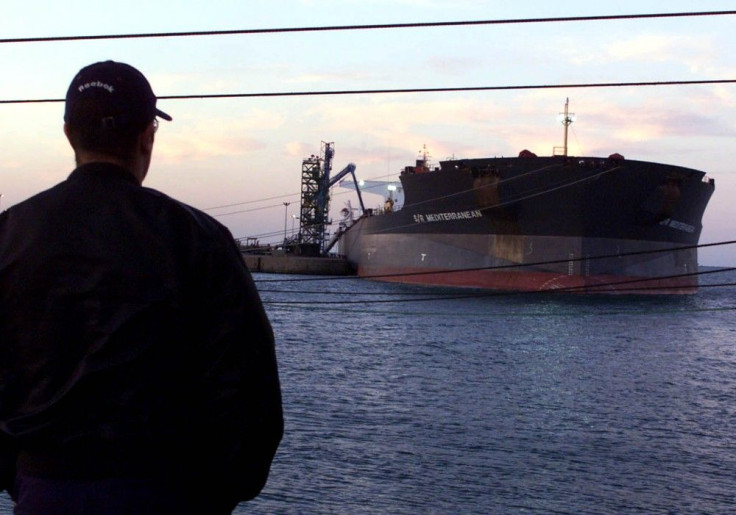Exxon Valdez, Marking Anniversary of Famous Spill, Slated to Be Scrapped
Redemption for an environmental sinner

It seems even the worst of polluters can eventually go green.
Nearly 23 years to the day after an overworked mariner crashed the mammoth Exxon Valdez oil tanker into a reef, causing it to spill hundreds of thousands of barrels of oil into the pristine Alaskan sea, the notorious ship is being retired and sold for scrap. In an ironic twist, the ship at the center of one of the most infamous environmental disasters ever will be recycled in a process called one of the greenest by an executive in the vessel demolition world.
The vessel, currently known as the Oriental Nicety, floated off a San Diego dry dock in October of 1986, destined for decades of unremarkable service as a single-hull crude oil tanker for oil giant ExxonMobil. But less than three years later, an exhausted third mate, a broken radar and a reef off the coast of the Prince William Sound all combined to change that. It was March 24, 1989, and the Exxon Valdez had met its date with history.
The resulting catastrophe, which saw over 37,000 tons of oil spilled, had wide-ranging consequences, changing the face of oil shipping, American environmentalism and even finance -- the first credit default swaps, financial instruments at the center of the 2008 financial crisis, were created by J.P. Morgan to insure itself against the fallout from the crisis.
The spill is thought to have caused over $15 billion in damages. Exxon was sued and ordered to pay $5 billion, about a year's earnings at the time, in punitive fees.
After images of its white-lettered bow were beamed around the world, normally sandwiched in evening TV newscasts between clips of oil-covered pelicans and necktie-wearing oil executives, the vessel was repaired and renamed. Exxon sold the ill-fated tanker in 1993.
It was resold in 2007 to a Hong Kong shipper, who bought it for around $32 million and turned it into an iron ore bulker.
Industry newspaper TradeWinds, which broke the story on the most recent sale, says the ship is fetching $15.82 million from global ship scrapper GMS.
An executive for GMS in Dubai, said the deal was being worked by the firm's Chinese arm and, to his knowledge, hadn't yet been finalized.
Asking not to be named due to the delicate nature of the business dealing, he did note that the Indian scrapyard where the former Exxon Valdez would end up uses one of the greenest processes in the world to turn the junked ship into usable metal.
Some 90 percent of the metal will be used to rehull other ships with most of the rest being melted into steel pellets. Only 2 percent to 4 percent of the ship's weight will go to waste, the executive said.
In the Indian shipyard of Alang, the Exxon Valdez's final resting ground, requirements have become very stringent to make sure guidelines are followed and that there is minimum impact to the workers and minimum impact to the environment.
Not that any of that will minimize the impact the ship had in modern history.
© Copyright IBTimes 2024. All rights reserved.





















